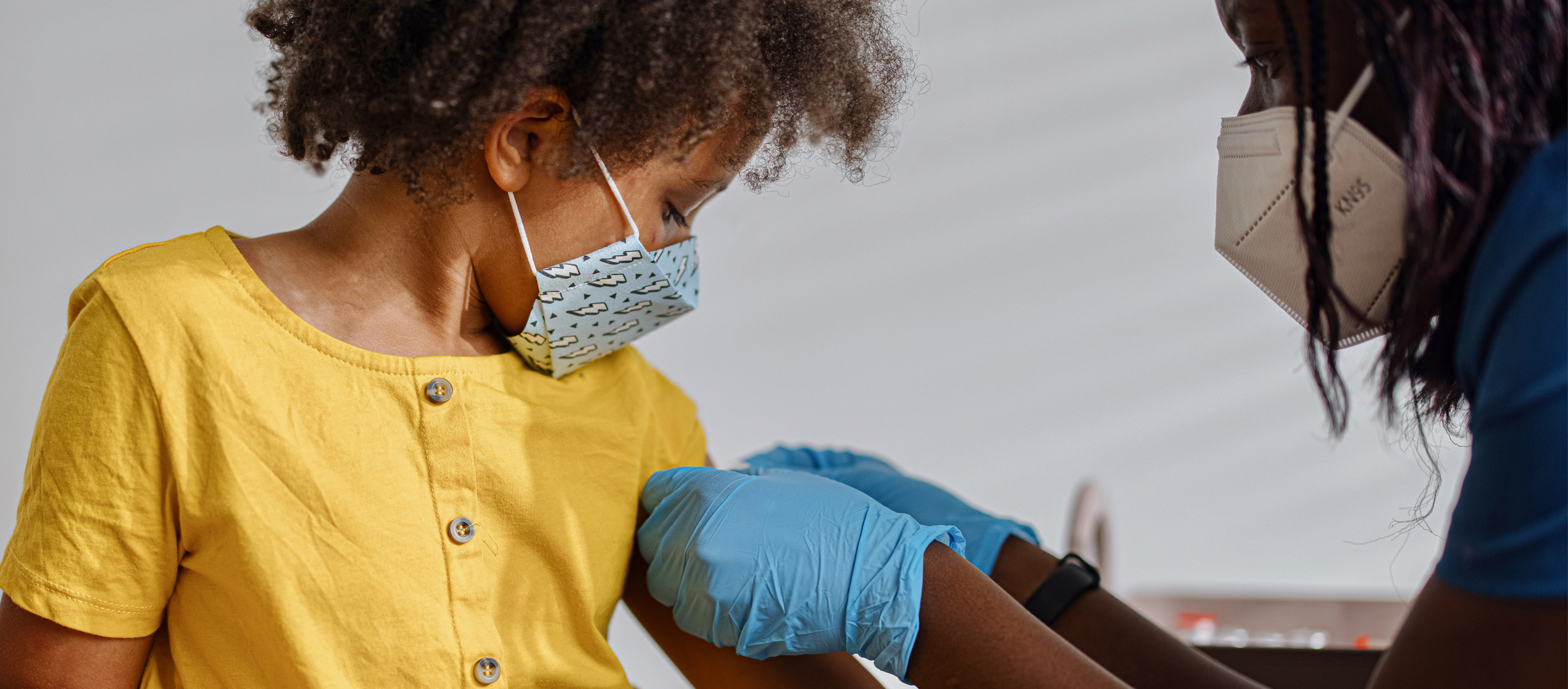The next big thing in imaging was recently used to help prepare our team for a rare and complex heart procedure.
Over the last year, Cincinnati Children’s Heart Institute has been creating patient-specific 3-dimensional (3D) complex congenital heart disease models from computed tomography (CT) and magnetic resonance images (MRI).
Our imaging physicians have created more than 20 of these heart models, allowing us to see and touch and even manipulate the model to better prepare for complex procedures. This unique ability was especially important a few weeks ago when a patient of mine was facing a rare and complex surgery.
Damon Mallot was born in 1984 with hypoplastic right ventricle, multiple ventricular septal defects, pulmonary stenosis and malposition of the great arteries. When he was four years old, surgeons at Cincinnati Children’s performed an atrio-pulmonary Fontan which allowed blood flow to pass directly from his inferior and superior caval veins directly to his pulmonary arteries, bypassing the ventricle. At the time, it was his best hope for long-term survival. And for 27 years, the operation was a success.
Now 31, Damon has been followed by the Heart Institute for the majority of his life. As a member of the Adult Congenital Heart Disease team and Damon’s physician, I can tell you that continuity of care from childhood to adulthood is paramount to ensure that complications from congenital heart defects (CHD) are found before they become bigger problems. In Damon’s case, with more complex CHD, prevention really is worth a pound of cure.
This was true for Damon. He was experiencing heart rhythm abnormalities, blood clots were developing in his older-style Fontan connection, and his risk for heart failure, and failure of his circulation, was looming on the horizon. It was then that his care team decided it was time to bring Damon’s older-style Fontan up to today’s more streamlined Fontan circulation.
But correcting a decades-old Fontan is not frequently practiced. In fact few centers have experience with the operation. The operation can carry high mortality when there is not meticulous attention to detail, experience with the operation and care after the procedure. This is why the Heart Institute created a specific 3D model of Damon’s heart, allowing his team of cardiologists, cardiac surgeons, electrophysiologists, and adult congenital heart disease specialists to truly visualize the complexities of Damon’s cardiac anatomy.
Before the surgery, our surgical team led by David LS Morales, MD, chief of cardiothoracic surgery, met with me and our electrophysiology team to review the 3D model, discuss Damon’s operating room plan and even cut the model as it would occur during surgery. Cutting the model allowed the team to see exactly where Damon had a significant blood clot and mark where the electrophysiology team would cauterize the heart muscle to prevent recurrence of his arrhythmias. We were also able to anticipate where Dr. Morales would need to cut away the old surgical material that was placed at the time of the previous surgery.
With the model, we simulated an operating room scenario to enhance our discussion and decision-making as well as to eliminate any potential surprises. This was indeed a very useful exercise as we were able to highlight issues that could potentially encounter at surgery, but would not necessarily have clearly identified them beforehand without a “dry-run” on the heart model.
Damon’s Fontan revision surgery went well and after 16 days of recovery, he was released back home. We believe that while 3D modeling isn’t new – we’ve been doing it for a year – it is helping us rethink what we can do and learn before an operation to make things safer and more effective for patients. In Damon’s case it was the first time we applied it to revision surgery of the Fontan circulation.
As we continue to create heart models for patients with more complex cardiac conditions, we will study its effects on patient care and outcomes. Did the model have an impact on our decision making? Did it eliminate errors? We hope to share those findings in a future study.
What we do know is that it has improved surgical planning and the communication between each member of the heart team and has been especially helpful in complex cases such as Damon’s, and we see that as a win.





My daughter Savannah Brown had aortic arch advancement and closure of a PDA at Cincinnati Childrens 3-13-14. A 3d model of her heart was made before her surgery from her cardiac MRI. It helped my husband and I better understand and visualize what the surgeon had done.
A big thanks to all who was and still is a part of her care at Cincinnati Childrens. We see many different departments/doctors there.
Sincerely,
Vanessa Brown